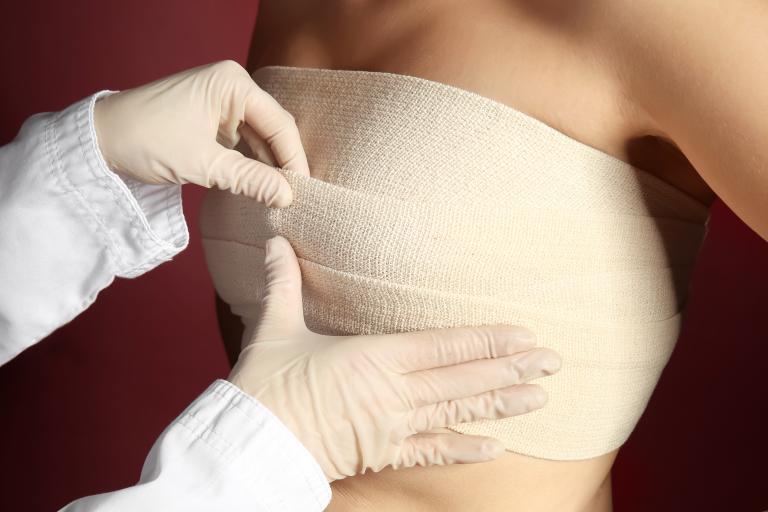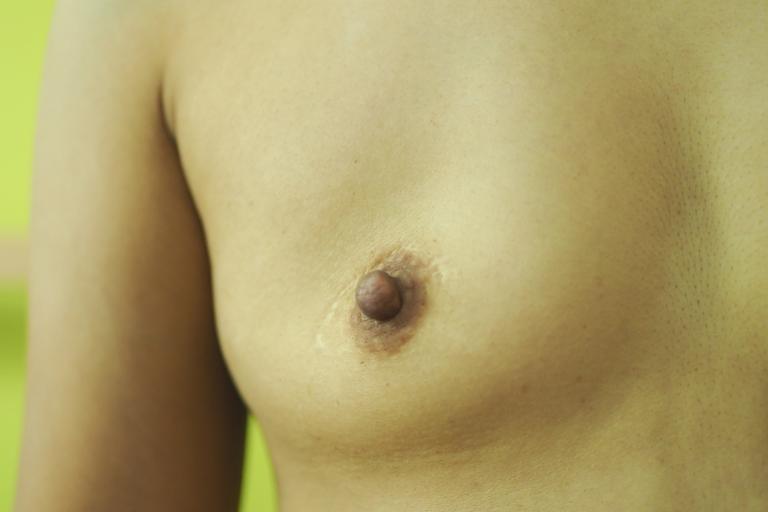
What is Surgery for Inverted nipples?
Surgery for inverted nipples aims to improve the appearance of the breasts by increasing the projection of one or both nipples and make them more symmetrical. During inverted nipple surgery an incision is made at the base of the nipple, across the nipple or around the areola. This will allow the nipple to protrude and heal in this new position. Some patients may trial nipplettes or similar devices to help the nipples to protrude without the need for surgery and these may also be helpful post-operatively to manage possible scar tissue.

